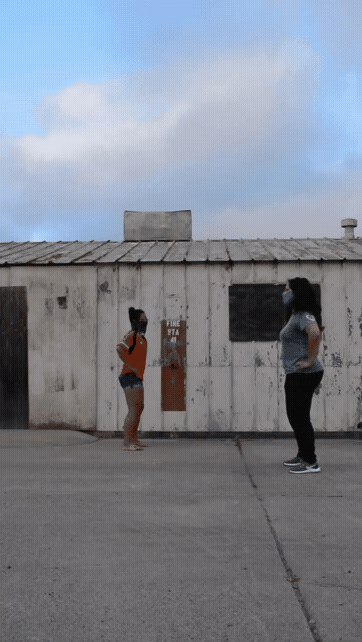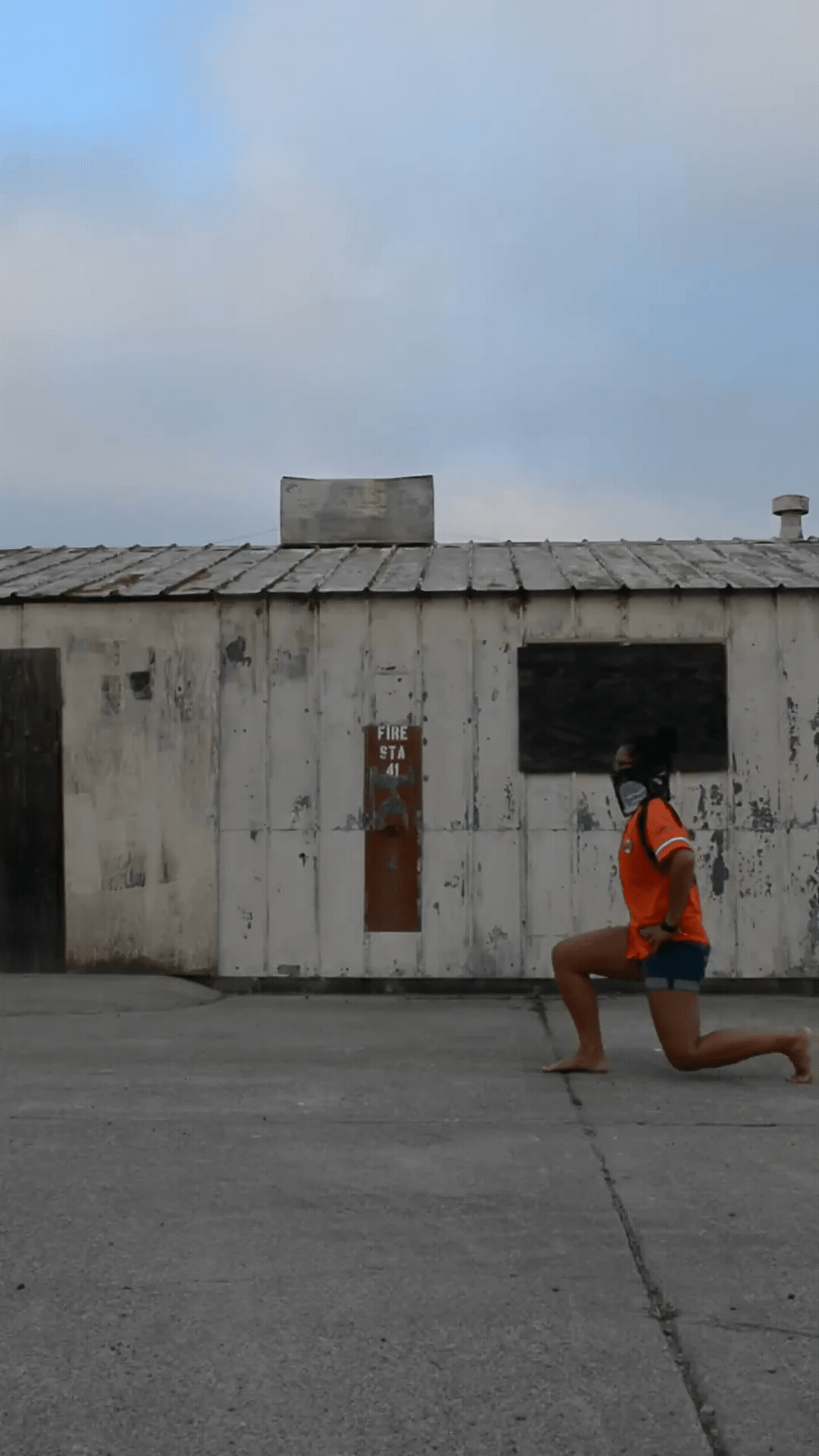8 Tips From A Rising High School Senior: Road to Recovery
- Judith Wang
- Jul 27, 2020
- 6 min read
Updated: Oct 8, 2020
Ian, a student at Galileo High School in San Francisco, was struck by a car when he was just 14. Hospitalized and suffering from traumatic brain injury (TBI), he's made a remarkable comeback to reclaim his life and wants to inspire others to find strength during life's unexpected challenges. (Ian is available for 1:1 or group talks to spread his 8 Keys To Success, especially in recovery.) Scroll down for his STRENGTHs Chart and four foundational exercises for home.

Today, Ian is a soft spoken powerhouse who spends his summer at home mostly--like the rest of us in the SF Bay Area, sheltering in place. But he's been finding avenues to stay productive and inspired. One of his latest accomplishments includes his site for book reviews, including a few business reads like The Power Of Habit.
At 14, Ian was struck by a car, leaving him in a coma for three days. When he regained consciousness, waking from his coma, his life held much more monumental challenges than he could have imagined while going through high school.
Ian suffered traumatic brain injury and needed to rebuild the complex neural connections that allow us to synchronize muscle contractions for voluntary movement. While his classmates continued with their curriculum, sport practices, and hangouts, Ian was working with a physical therapist to re-learn what many of us take for granted--how to walk, eat, dress, shower, and function day to day.

Ian’s first six weeks of recovery were remarkable. “I don’t remember too much about this, but they told me I kept trying to escape. I made it all the way to the elevator. One time I called my friend to come break me out of the hospital, but she called my parents,” Ian’s drive to leave the hospital was perhaps at the pinnacle. He goes on to recall moments where he gained fuel for the fire.“ My parents came to visit me, together,” he recounts, “They split when I was five, but they came together and it really motivated me...I don’t remember everything from the hospital but I remember that I was really grateful for that, my friends and family, and that made me not give up.” He quickly progressed from exercises in a wheelchair for almost three weeks, to learning how to climb stairs and walk again.
Upon leaving the hospital, Ian was one semester behind, pushing his junior year in high school back by months. The A-average student faced his first set of uncharacteristic grades while re-acclimating to the public school setting. Though he was home-schooled for months in preparation for the transition, he realized quickly that for him to succeed in school required far greater efforts.

Today, Ian has regained his footing. Resilience is something that he hopes to share. His “Eight Key Principles”, which detail how he finds his focus and commitment to achieving his larger goals, is something he's enthused to bring to others struggling through difficult patches of their lives. He especially hopes that his message can reach other young adults and remind them “to never give up and persist” no matter their obstacle.
Ian has made astounding recovery from the day of the accident, but this isn’t to be mistaken as a miracle. It is too easy to see “before and after” glimpses in success stories, missing the integral moments of struggle that lie between. Stories like Ian’s inspire us to find our underlying purpose and goal in asking ourselves why that goal matters so much to us, then take intentional steps in paving the journey towards it and not without the help of friends and family.
The following exercises are featured in the article are common recommendations from our training/physical therapy team, but it is not to be used as prescriptive movements. Each reader should be advised to seek care from a primary physician or licensed therapist if they are experiencing notable pain/discomfort.
For Ian's feature piece, we've arranged some balance and foundational practices to add to your daily or rest-day routine. No matter our skill level, we sometimes overlook working on core exercises (that help us not only with postural improvements, but model the foundation of our movements from everyday activities to competitive sport).
Natalie, who is recovering from surgery after fracturing her tibia, helps us demonstrate some useful moves that you can modify or progress depending on ability.
Back To The Basics:
The Partial Squat:
Here Natalie is working on feeling which body parts need more attention for her other exercises. We're working on keeping the toes and the heels on the ground.
We start in a strong stance.
With weight evenly distributed through the heel, ball of the foot and toes, she imagines spreading the floor between her feet as she reaches her hips back. Our goal is for the angle of the shins and the torso to be the same and to engage the core while moving.
This means that Nat will be watching the arch in her lower back (try to keep it "neutral" or more flat) while squeezing her glutes to stand back up to the initial position.
Here, she's learning to feel whether there is tightness at her ankles that may need some calf stretches, if she help activating the abdominals, or focus on preventing the knees from caving in.
There's a lot to work on, so pick one to three goals at a time! Tandem Stance and Progressions, The Balancing Act:
There are many fun variations to this one, and generally I recommend performing it by a supporting surface to help regain balance when needed. Start by engaging your transverse abdominis, drawing navel to spine, and think of your belly button as the center of gravity while your shoulders are above the hips. Maintaining this good posture, place one heel in front of the toes of the stabilizing leg. This is your tandem stance.
Holding this position for 30 seconds will work on balance and proprioception, or the body's awareness of where your joints are in space.
Make it more challenging:
Try it with your eyes closed.
With your eyes open, try tandem walking slowly while maintaining forward gaze.
If walking is easy, try adding a march, bringing the knee to chest height and foot flexed as if you are stepping on a high step.
Advanced? Try this with a friend by having them toss a ball while you march! Be safe!

The Bear Crawl Isometric:
The core engagement theme continues in this position! We work on keeping the feet, knees, hips, shoulders, and hands in lines, or as I call it, "train tracks".
The spine extends from the hips to the skull, so think of bringing them into a long line with the base of the skull in line and the gaze straight down. From here we lift the knees to hover an inch off the ground.
Hold here for the isometric, 30 seconds-1 minute to challenge stability. Make it more challenging:
Make it a bear crawl--you can either try to move forward in incremental steps or to the side, but whatever you decide, make those movements small! Smaller steps will present a better and greater challenge for the body.
Lunge Walks:
For this exercise, we aim to utilize that core stability as we develop strength through the lower body. The core is engaged throughout the walk, and we want to focus on how our shoulders stack over the hips, and how the points of the hips (essentially where your hands can be placed) are "square" or facing the same direction. If you realize that one hand/hip lags behind, try to pull that side forward so that the points are flush.
Take a big step, as the goal is to achieve about a 90 degree bend in both knees. Remember this is not a race! The name of the game is control.
I like to think of where I'm stepping and where my knees are--are the feet and knees in line with my shoulders and hips?
There are certainly many more ways to practice stability and strengthen at the same time. Planks, single leg squats, single leg dead lifts, and a range of Pilates work are frequently proposed for core work. In any case, being intentional about our movements and sprinkling in some foundational practices can be instrumental for lasting improvements in health.
As always, let's keep moving!
Have questions or want more? Comment below or shout us out. We want to know what you think!

Written by:
Judith Wang
Founder, Project Green Beard
UCSC Banana Slug




















Comments